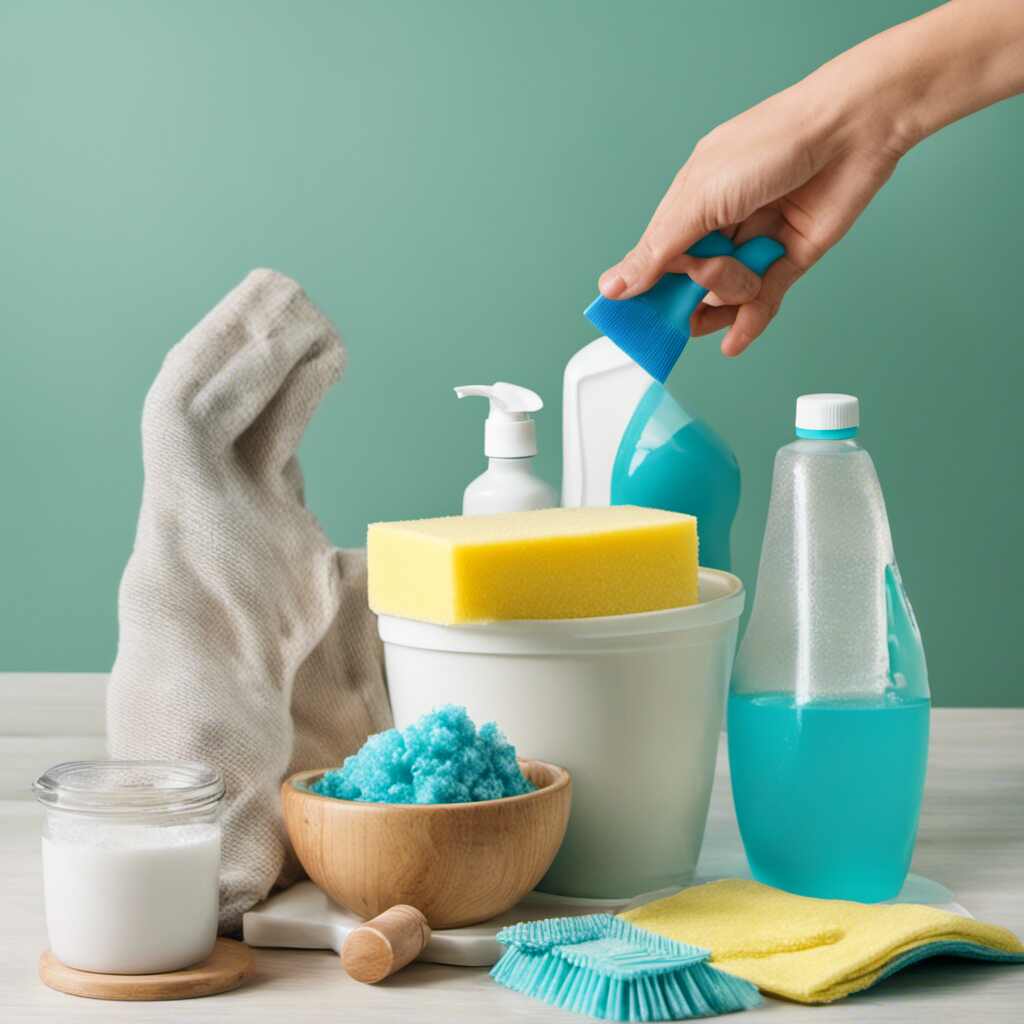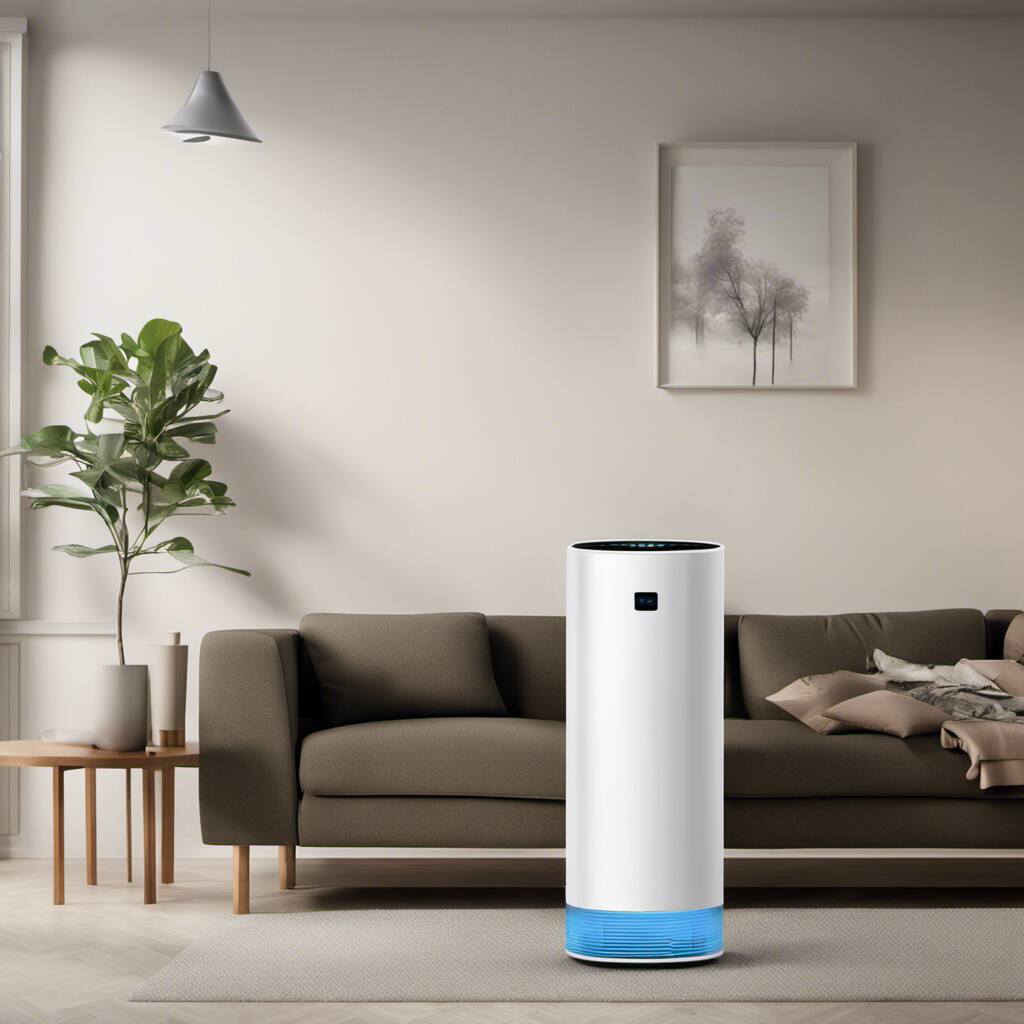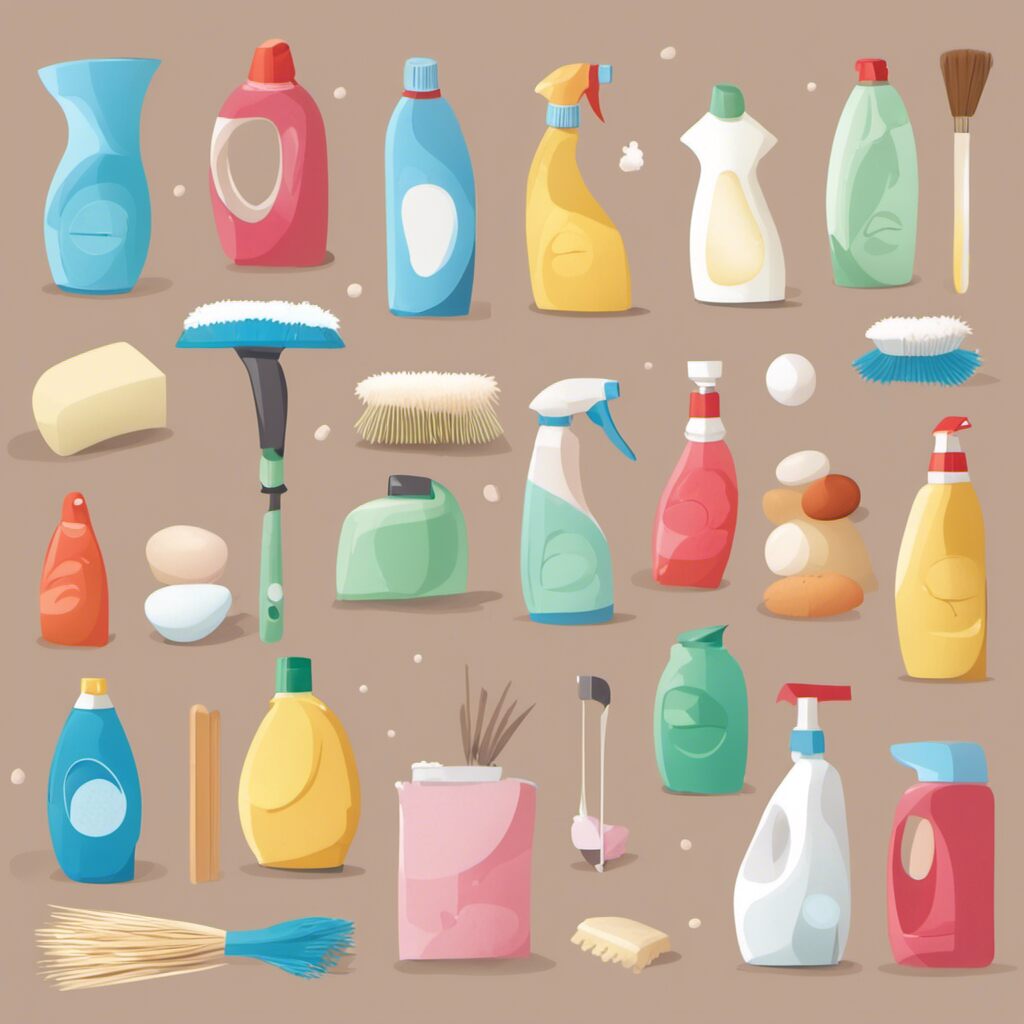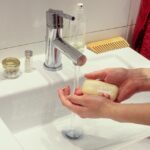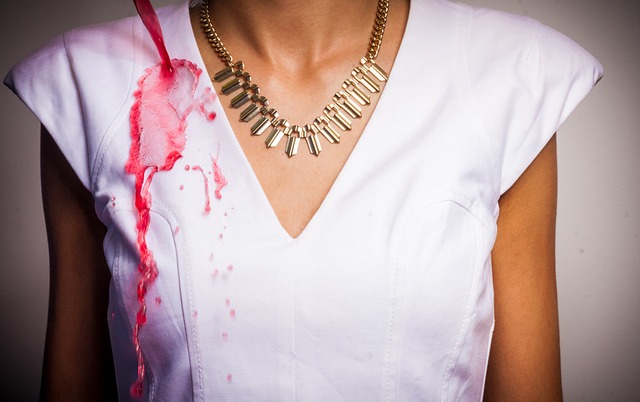
Stains are the uninvited guests that blemish our clothes, carpets, and furniture, leaving behind visible reminders of spills and mishaps. However, fear not, as we embark on a journey through the science of stain removal – an art form that combines chemistry, patience, and a dash of know-how. In this comprehensive guide, we will unravel the mysteries behind stubborn spots and equip you with the knowledge to bid farewell to even the most obstinate stains.
Stains are discolorations caused by the absorption of foreign substances into a material. They come in various forms, from food and beverages to oil and ink. Stains occur when molecules in the staining agent bind with the fibers of the material. Understanding this molecular dance is the key to effective stain removal.
Here is our related post on Mastering the Art of Laundry: Stain Removal Techniques for Different Fabrics which will make your cleaning task hassle free.
Quick Action Tips for Fresh Stains
1. Blot, Don’t Rub
For liquid stains, blot gently with a clean cloth to absorb as much of the substance as possible. Rubbing may spread the stain.
2. Act Swiftly
Tackle stains promptly. The longer a stain sits, the more it sets into the material, making removal more challenging.
3. Check Fabric Labels
Before diving into stain removal, check fabric care labels for any specific instructions or restrictions.
4. Test in an Inconspicuous Area
Always test any cleaning solution in a hidden spot to ensure it won’t damage the material.
Stain Removal Techniques: A Comprehensive Overview
1. Water-Soluble Stains
Examples: Coffee, tea, fruit juice
- Blot excess liquid.
- Use cold water to flush the stain from the back of the fabric.
- Apply a mixture of dish soap and water, then rinse.
2. Oil-Based Stains
Examples: Cooking oil, makeup, grease
- Blot excess oil with a paper towel.
- Apply a dish soap and water solution or a specialized stain remover.
- Launder as usual.
3. Protein-Based Stains
Examples: Blood, egg, dairy
- Rinse the stain with cold water.
- Apply a mixture of enzyme-based laundry detergent and water.
- Launder in cold water.
4. Tannin Stains
Examples: Wine, tea, cola
- Blot the stain and flush with cold water.
- Apply a mixture of vinegar and water, then rinse.
5. Ink Stains
Examples: Pen, marker, printer ink
- Dab the stain with rubbing alcohol using a cotton ball.
- Rinse and launder as usual.
DIY Stain Removal Solutions
1. Baking Soda Paste
- Mix baking soda with water to form a paste for tackling various stains, including coffee and wine.
2. Vinegar and Lemon Juice
- Create a solution of equal parts vinegar and lemon juice for brightening and stain removal.
3. Hydrogen Peroxide
- A mild bleaching agent effective for removing blood and other protein-based stains. Apply and rinse promptly.
Stubborn Stains: Advanced Tactics
1. Old Stains
For set-in stains, soak the item in a solution of water and oxygen bleach before laundering.
2. Grease and Oil Stains
Apply cornstarch or talcum powder to absorb excess oil before treating with a stain remover.
3. Red Wine Stains
Sprinkle salt on a red wine stain to absorb the liquid, then rinse and treat with a mixture of dish soap and hydrogen peroxide.
4. Ink on Fabric
Place the stained fabric over a bowl, then pour boiling water through the stain from a height to force the ink out.
See also our post on Natural Solutions for Tough Cleaning Challenges: Stains, Mold, and More which you would not want to miss befeore you embark on your cleaning task.
Upholstery and Carpet Stains
1. Blot, Don’t Rub
As with clothing stains, blotting is essential for preventing the stain from spreading.
2. Club Soda for Carpet
Pour club soda on a carpet stain, blot, and repeat until the stain lifts.
3. Cornstarch for Grease Stains
Sprinkle cornstarch on a grease stain, let it sit, then vacuum.
Prevention is the Best Defense
1. Treat Stains Immediately
Act swiftly to prevent stains from setting in.
2. Stain-Resistant Products
Consider using stain-resistant treatments on fabrics and carpets for added protection.
3. Regular Cleaning Routine
Regularly clean and maintain carpets, upholstery, and clothing to minimize the risk of stubborn stains.
See also our post on How to Clean and Disinfect Your Child’s School Supplies: A Comprehensive Guide
Conclusion
Armed with the knowledge of stain types, removal techniques, and preventive measures, you are now equipped to face the challenges of stubborn spots head-on. The science of stain removal is not only about erasing blemishes but also about preserving the beauty and longevity of your cherished belongings. So, roll up your sleeves, embrace the art of stain removal, and bid farewell to those pesky spots with confidence and expertise. Your fabrics, carpets, and furniture will thank you for the care and attention, remaining vibrant and stain-free for years to come.

